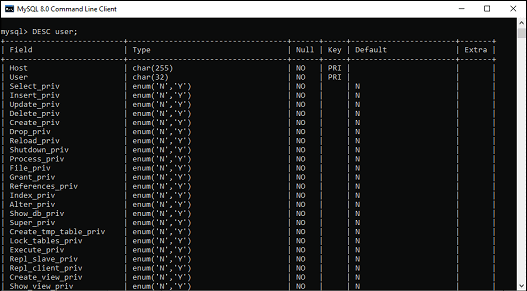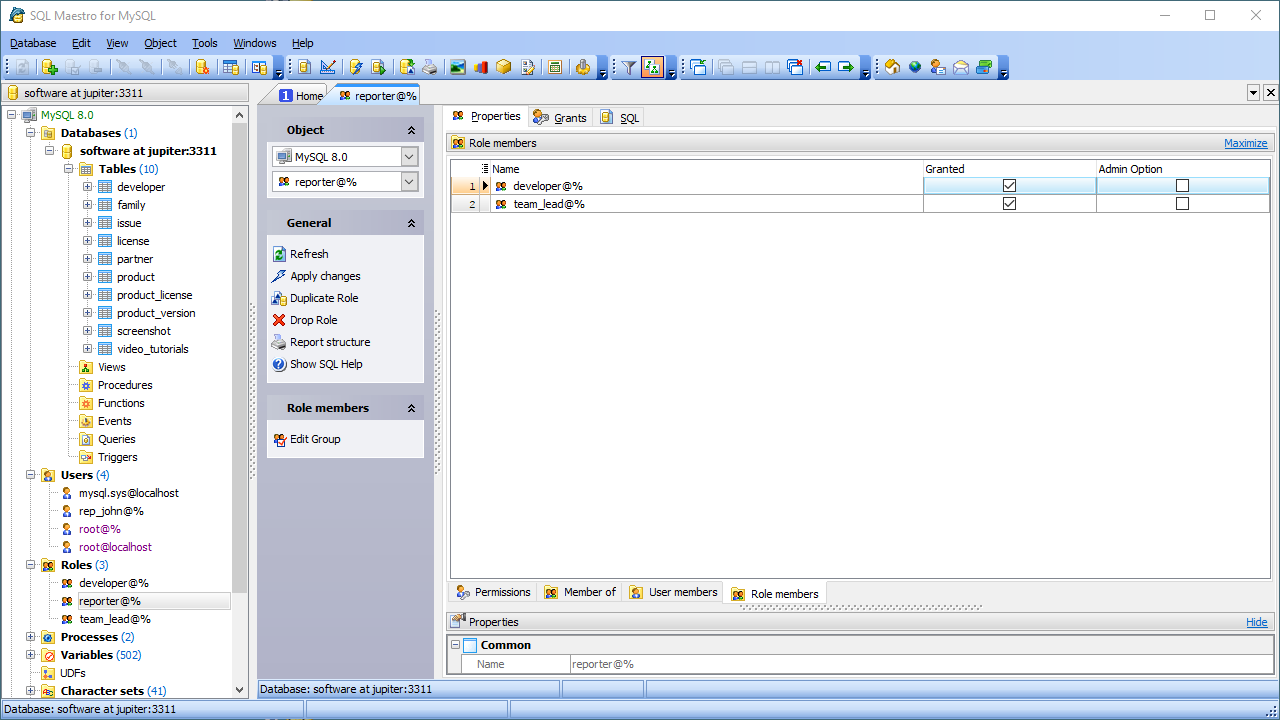

For example, ddev snapshot -name=two-dbs would make a snapshot named two-dbs in the. Snapshots can be named for easier reference later on. Snapshots let you easily save the entire status of all of your databases, which can be great when you’re working incrementally on migrations or updates and want to save state so you can start right back where you were. ddev export-db -target-db=backend -f will dump the database named backend. You can export in the same way: ddev export-db -f will export your default database ( db). For example, ddev import-db -target-db=backend -src= will create the database named backend with permissions for that same db user and import from the dumpfile.

You can easily create and populate additional databases.
#Sqlpro for mysql user management password
If you want to change database type, you need to export your database, run ddev delete to remove the project (and its existing database), change to a new database type, run ddev start again, and import your data.ĭDEV creates a default database named db and default permissions for the db user with password db, and it’s on the (inside Docker) hostname db. You can use a variety of different database types, including MariaDB (5.5–10.8), MySQL (5.5–8.0), and PostgreSQL (9–15). Use phpMyAdmin for database imports-just be aware it’s much slower.Use ddev mysql or ddev psql or the mysql and psql commands inside the web and db containers.Debugging & Profiling Debugging & Profiling.In-Container Home Directory and Shell Configuration.Defining Additional Services with Docker Compose.Additional Service Configurations & Add-ons.Database Management Database Management Table of contents.


 0 kommentar(er)
0 kommentar(er)
